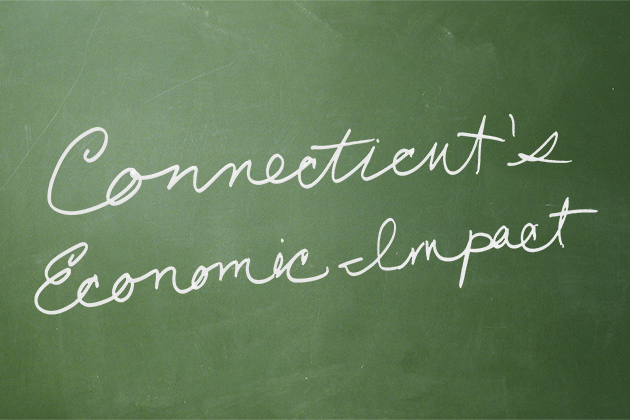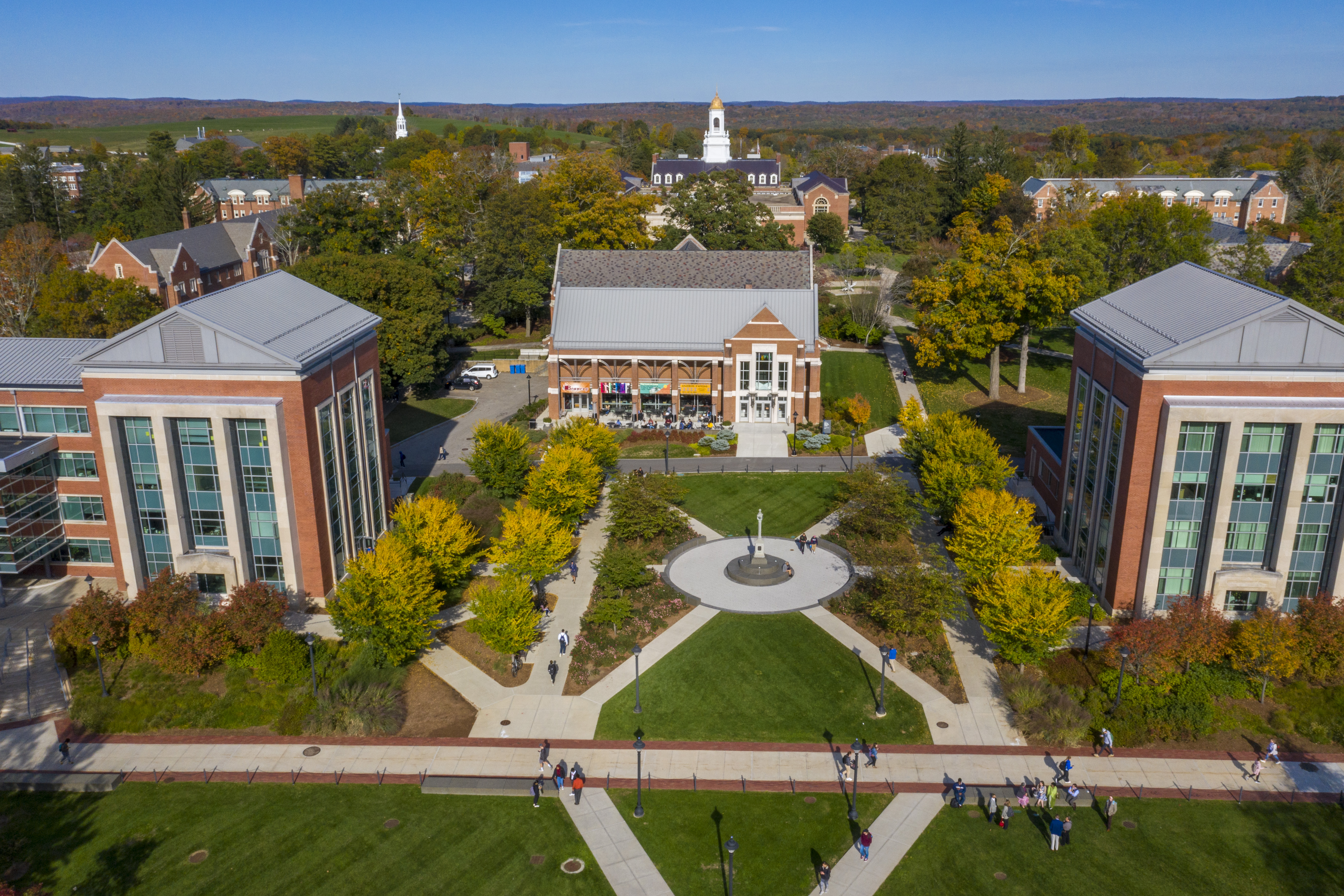This story is part of a package that illustrates a report on the economic impact of the University. For additional related stories, see IMCORP: On the Fast Track to Success and Tiny Heart Valve Has Big Potential for UConn Startup.
UConn is producing not only the research that will lead to the creation of new industries, but the teachers to educate a workforce for those high-tech jobs, according to the Economic Impact Study.
In recent years, state lawmakers have sought to harness the University’s strengths to help drive economic development through initiatives such as Next Generation Connecticut, which prioritizes research and education in the STEM fields – science, technology, engineering, and math.
As a developer of talent, Next Generation Connecticut has created a pivotal role for educators by placing teachers at the forefront of implementation, observes David Moss, a professor who specializes in curriculum studies and teacher education in UConn’s Neag School of Education.
“As Connecticut transitions to a truly 21st-century workforce, including skilled manufacturing, information technology, and fields not yet imagined, the STEM pipeline in our public schools will be key to bringing this vision to life,” he predicts. “Beginning with the earliest grades, STEM education will set the stage for success for both individuals and our state as a whole.”
Ellington elementary school teacher and UConn alumna Michelle Bashaw ’12 (ED), ’13 MA says the emphasis on STEM studies is now part of the fabric of her daily lesson plan.
She cites a shift in the elementary school curriculum exposing students to inquiry-based and problem-based learning that requires them in math, for example, to explain the reasoning behind their answers.
“Teachers who are participating in inquiry-based and problem-based learning are paving the way for how students will learn in the STEM areas,” says Bashaw. “As a result, I think that students are being challenged in a way that provides them with both knowledge and skills to compete in an increasingly global and high-tech economy.”
And now more than ever, the UConn pipeline of teachers is critical to fill openings. In the field of education, in particular, a wave of retirements among aging teachers from the Baby Boom generation is shifting the demographics, say officials.
In recent years, the percentage of Neag School of Education alumni employed by the state’s public schools has steadily grown. In the year 2013-14, Connecticut’s public schools employed 3,765 alumni, a 10 percent increase over the number employed during the previous year, and 20 percent increase over the past two years.
“New teachers with Neag degrees are recruited heavily,” says Marijke Kehrhahn, a Neag administrator for the past decade, including five years as director of teacher education. “I have heard directly from dozens of school principals and superintendents that Neag prepares the best beginning teachers in the state.”
Alumni now work in 164 of Connecticut’s 166 school districts.
Robert Janes ’12 (CLAS), ’13 MA, a mathematics teacher who just completed his first year at Two Rivers Magnet High School in Hartford, says Neag’s rigorous five-year teacher preparation program exposed him to many different styles and methods of teaching before he graduated.
“I observed, taught, or interned at a total of five different schools before graduating, including one international placement in London, England,” says Janes. “As a result, I have developed a wide set of skills. Although I am still a new teacher, I am able to contribute to my school in ways that are typically reserved for more seasoned teachers.”
UConn’s “essential contribution to Connecticut’s workforce needs” is underscored by some 5,000 students that graduate annually, 57 percent of whom will remain in the state seeking successful careers, according to the report.
That includes Janes and Bashaw.
“I feel a sense of belonging to this state,” says Bashaw. “I know that I have more opportunities in the teaching profession if I stay here.”




